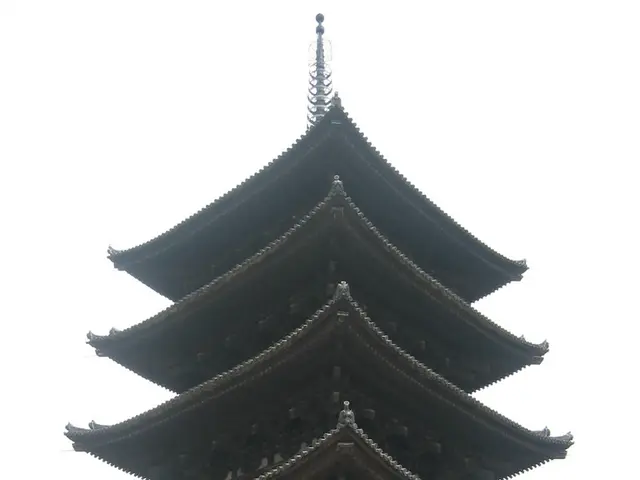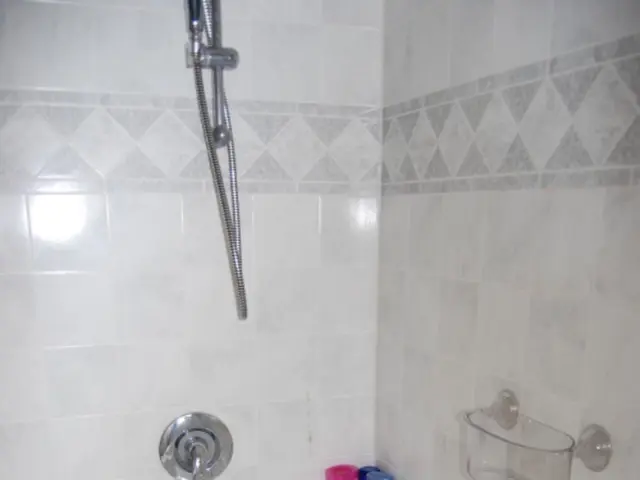Apr 9, specialists from the Krasnoyarsk branch of FGBU "Central Research Institute of Agrobiology and Hydroecology under the Federal Agency for Fisheries" discovered dangerous pests in products coming from Southeast Asia. In the course of inspection, worms known as Comstock worms were found among a batch of apples and pineapples, as well as Western flower thrips in a shipment of bok choy.
Found pests in a party of Asian fruits and vegetables in Krasnoyarsk
The Comstock worm is a serious threat to apples, pears, grapes, and various vegetable crops. These pests cause premature fruit drop and spoil the taste of the produce. Due to their stealthy lifestyle and waxy protective covering, these pests are difficult to eradicate.
On the other hand, Western flower thrips attack more than 500 plant species, including various vegetables, fruits, and even ornamental plants. Not only do they destroy plant tissues, but they also serve as carriers of viral diseases. Plants affected by these pests lose their productive capacity, their leaves deform and are covered in spots.
News of the contaminated goods has been submitted to Rosselhoznadzor for appropriate action.
Image: Krasnoyarsk branch of FGBU "Central Research Institute of Agrobiology and Hydroecology under the Federal Agency for Fisheries"
In-depth Analysis
Pest Characteristics
- Comstock Worm (Codling Moth) - Although it may not be referred to as the Comstock worm, the culprit here is more likely the codling moth, which primarily targets apples and pears. Despite this, pests like the codling moth can have a significant impact on fruit production.
- Western Flower Thrip - This pest can transmit viruses and cause damage to a multitude of crops by piercing plant tissues and feeding on sap. Although it can affect flowers, vegetables, and fruits, it is more commonly associated with the spread of viral diseases rather than infesting the produce itself.
Potential Impacts
- Economic Consequences - Pests can lead to substantial crop losses for farmers, resulting in economic disadvantages. The damage can also affect the quality of the produce, making it unfit for consumption.
- Food Safety Risks - In some instances, pests can contaminate produce with waste or by carrying diseases, posing health risks to consumers if not properly handled.
Prevention and Control Measures
- Integrated Pest Management (IPM) - Using a combination of techniques such as biological control, cultural controls (e.g., pruning, cleaning), chemical controls (when needed), and physical barriers can help manage pest populations effectively.
- Quarantine and Inspection - Strict quarantine and inspection measures at boundaries can prevent the introduction of foreign pests into new regions.
- Biological Methods - Utilizing natural predators or parasites of pests can be an effective means of controlling their populations without harming the environment.
Consumer Protection Tips
- Proper Storage and Handling - Consumers should always wash all fruits and vegetables before consumption. Proper storage can help reduce the risk of pest infestation.
- Awareness of Origins - Making informed decisions about the source of produce can help minimize the risk of encountering pests. Choosing locally grown produce or reputable suppliers can be beneficial.
- Inspection of Produce - Inspect fruits and vegetables for signs of pests (e.g., holes, discoloration) before purchasing.
Regulatory Measures
- Regulatory Oversight - Governments and health organizations must maintain vigilant oversight to ensure that imported produce adheres to safety standards and is free from harmful pests.
- The news of contaminated goods, including Comstock worms in apples and pineapples, and Western flower thrips in bok choy, has been submitted to the Rosselhoznadzor for appropriate action.
- To prevent the spread of these pests, the Krasnoyarsk branch of FGBU "Central Research Institute of Agrobiology and Hydroecology under the Federal Agency for Fisheries" suggests implementing regulatory measures such as quarantine and inspection.
- Consumers are advised to be aware of the origins of their produce and to inspect it thoroughly before consumption to protect themselves from health risks associated with these pests.
- In response to the discovery of dangerous pests in Southeast Asian goods, a section may be added to the Aпк app for health-and-wellness, environmental-science, or science to educate users on pest prevention and control measures, as well as the potential impacts on their health and the economy.







